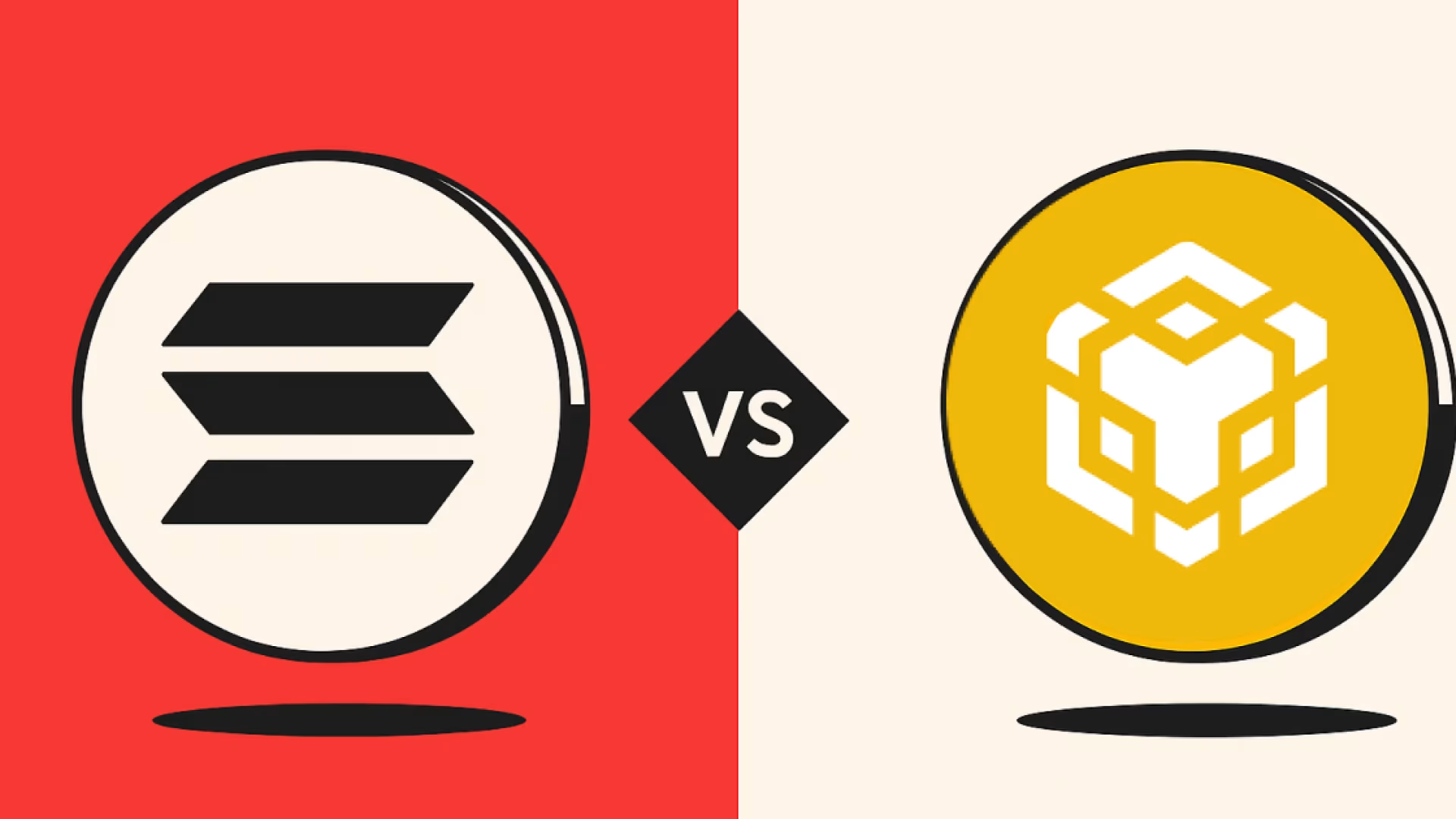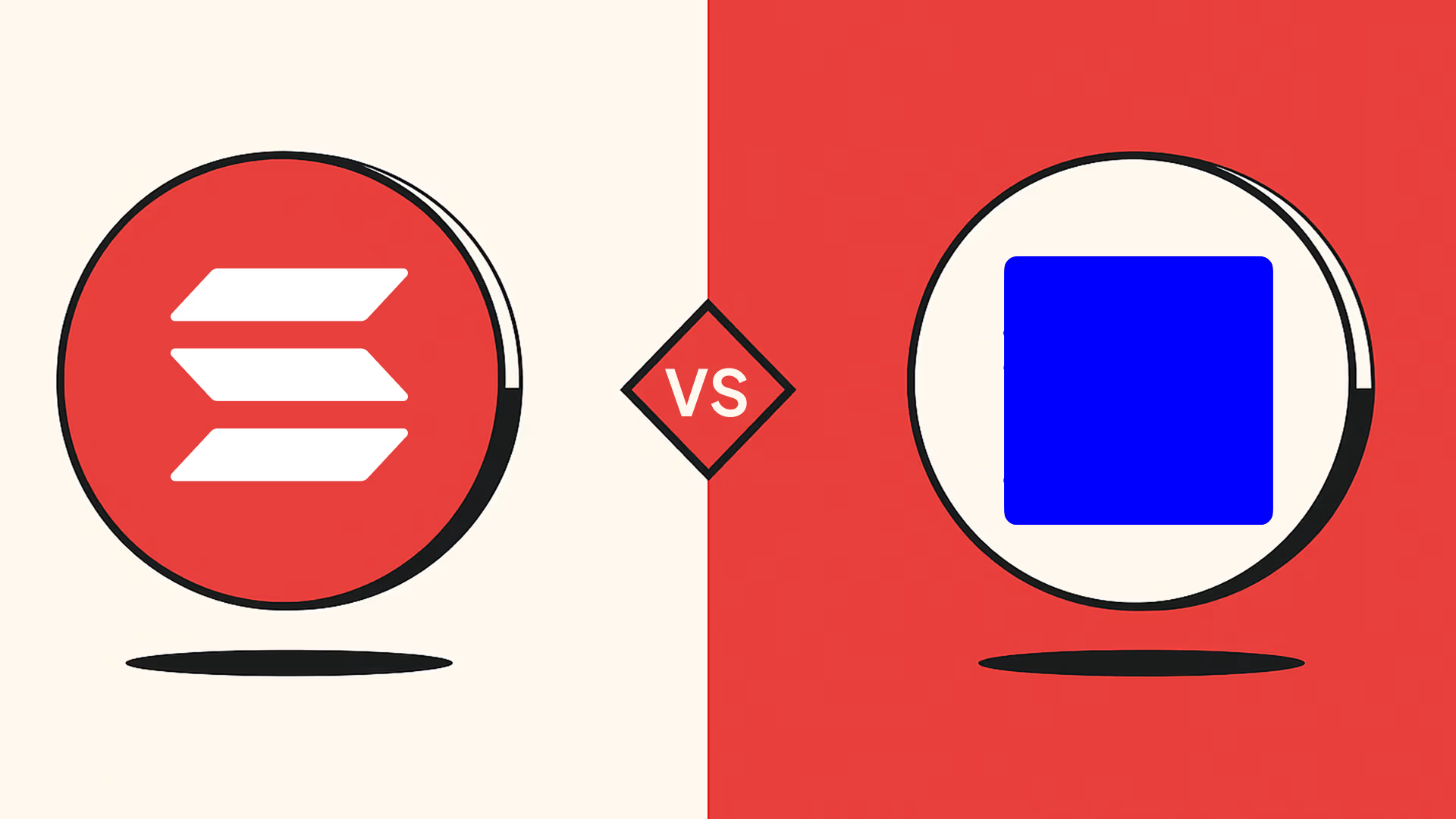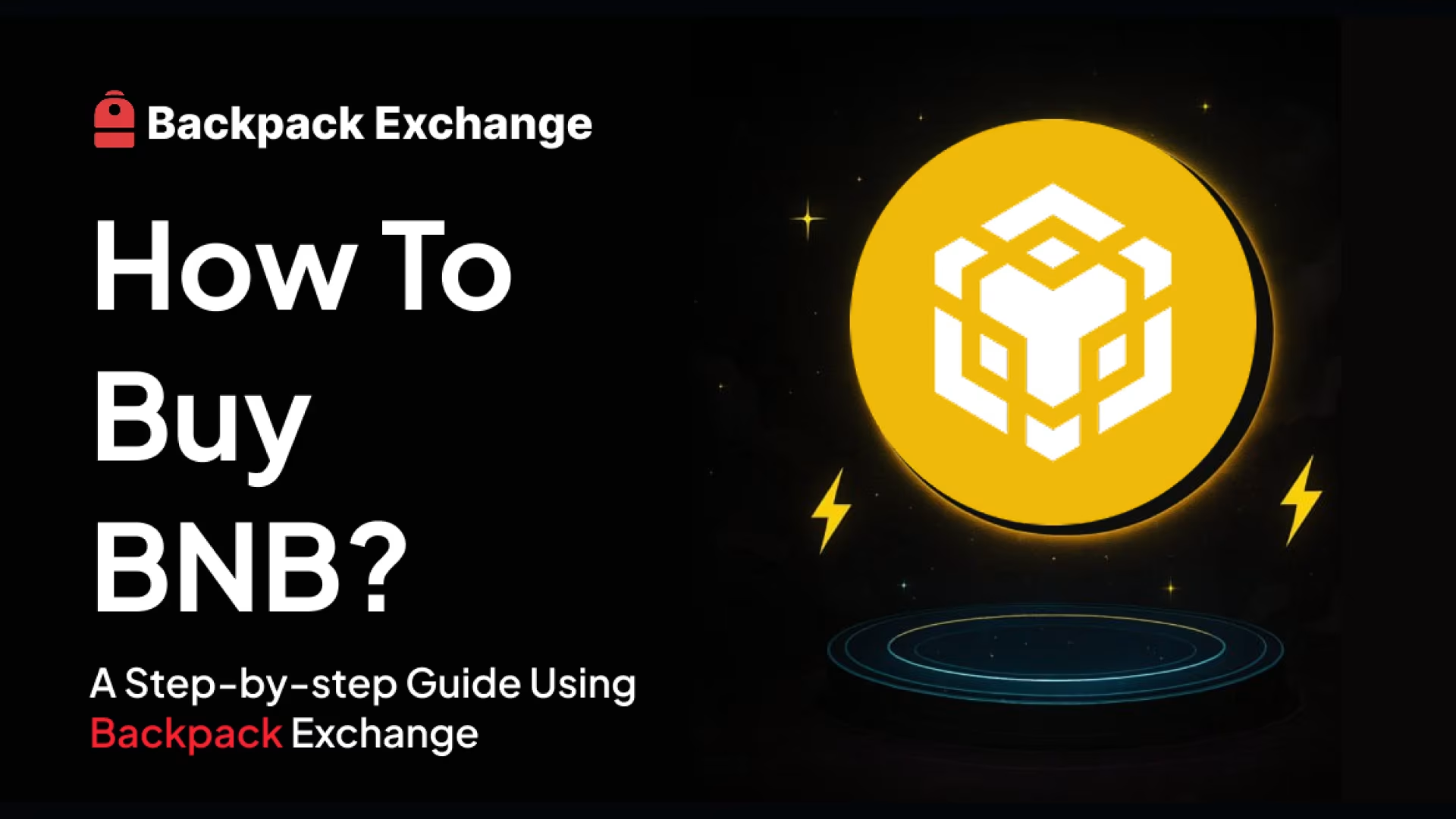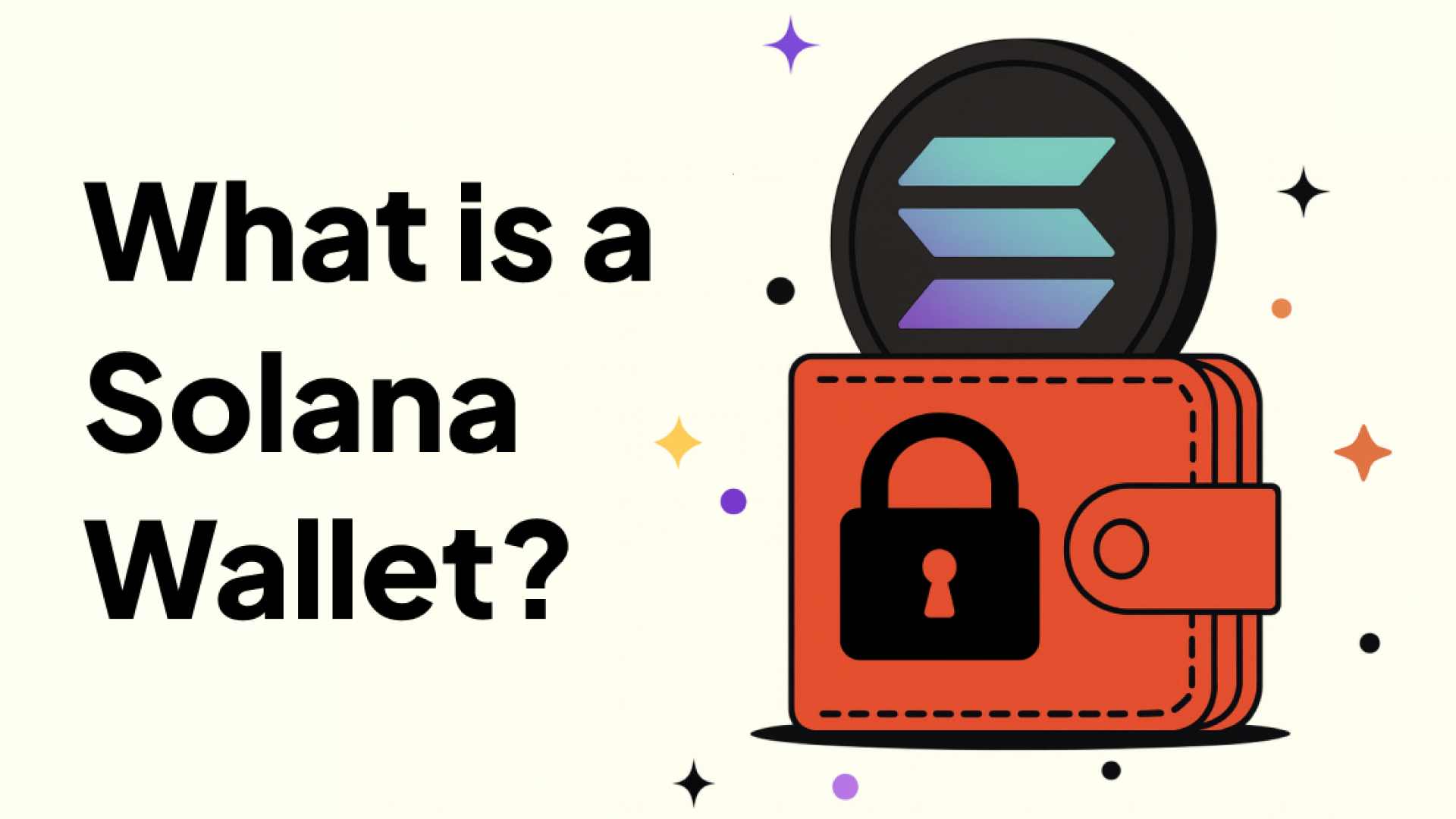BNB Token vs SOL Token: Which Is the Better Investment in 2025?
Both BNB and SOL are more than just the native coins of their respective blockchains, they play central roles in governance, fees, staking, and ecosystem incentives. But when it comes to investment potential in 2025, which token has stronger fundamentals, better utility, and more upside?
In this article, we’ll compare BNB vs SOL across tokenomics, utility, market performance, risks, and long-term outlook, plus a verdict on which is more attractive as a holding in 2025.
What Is SOL?
SOL is the native token of the Solana blockchain, one of the fastest and most scalable Layer-1 networks in the world.
It plays a vital role in maintaining and powering the network:
- Gas Token: Every transaction, smart contract, or interaction on Solana requires SOL for gas fees, typically fractions of a cent.
- Staking Asset: SOL holders can delegate their tokens to validators to help secure the network and earn staking rewards (around 5–7% APY).
- DeFi Collateral: SOL is widely used as collateral in Solana’s DeFi ecosystem across protocols like Jupiter, Kamino, and Marinade.
- Governance & Ecosystem Incentives: While Solana’s governance is evolving, SOL serves as a governance and incentive token across major Solana dApps.
- Fee Burn Mechanism: A portion of transaction fees is permanently burned, giving SOL a partially deflationary dynamic.
What Is BNB?
BNB (Build and Build) is the native cryptocurrency of the BNB Chain, an ecosystem originally launched by Binance.
It was designed to power transactions, incentivize validators, and create a unified utility token for the Binance ecosystem.
- Gas & Transaction Fees: BNB is used to pay gas fees on the BNB Smart Chain (BSC) and BNB Beacon Chain, enabling fast, low-cost transactions.
- Exchange Utility: On the Binance exchange, BNB provides trading fee discounts, token sale access (Launchpad), and VIP-level benefits for active users.
- Deflationary Supply: BNB has a maximum cap of 200 million tokens and employs quarterly auto-burns and the BEP-95 fee-burn mechanism, which permanently remove tokens from circulation.
- Staking & Earning: Users can stake or lock BNB in DeFi protocols, liquidity pools, or Binance’s own savings products to earn yields (typically 3–10% APY).
- Cross-Ecosystem Utility: Beyond Binance, BNB is accepted in multiple Web3 applications, including payments, gaming, and metaverse platforms.
At a Glance: BNB vs SOL Token Comparison
Here’s a side-by-side snapshot of key metrics (as of mid-2025):
Tokenomics & Supply Dynamics
SOL Tokenomics
- Initial Supply & Distribution: Solana’s genesis included ~500 million SOL.
- Inflation & Emissions: SOL has an inflationary model that decreases yearly and is partially offset by fee burns.
- Burn Mechanism: A portion of transaction fees is burned, helping mitigate inflation.
- Unlocks & Vesting: SOL has scheduled unlocks/vestings for early investors, team allocations, and validators.
- Lock & Cool-down Periods: After unstaking, SOL goes through “cool down” (a few days) before it becomes liquid.
Because of these dynamics, SOL faces periodic downward pressure during large unlock events, though burns help cushion impact.
BNB Tokenomics
- Deflationary Model: BNB features scheduled burns (quarterly) which permanently remove coins from circulation.
- BEP-95 Fee Burn: A portion of BNB Chain gas fees is burned in real time under protocol BEP-95.
- Buybacks & Strategic Burns: Binance may execute buybacks or additional burns to further reduce supply.
- Supply Cap: BNB is heading toward a more capped or deflationary path, with scarcity as a key value proposition.
- Reduced Circulating Supply: Reports suggest supply has decreased significantly since 2023 (~31% reduction) through burns.
This deflationary structure gives BNB strong scarcity appeal, especially if demand continues or accelerates.
Staking, Yield & Rewards
SOL Staking & Yield
- Average staking yields are in the ballpark of 5–7 % APY, depending on validator choice, commission, and epoch.
- Some ecosystem tools (liquid staking derivatives) allow more flexibility in managing staked SOL.
- However, stake withdrawal has a cooldown period (a few days), which limits instant liquidity.
BNB Staking & Yield
- On centralized platforms like Binance, staking BNB has variable APYs (e.g. ~3–10 %) depending on the product.
- On DeFi, yield farming with BNB can yield higher returns, though at higher risk.
- Some vaults or liquidity protocols may offer very high yields, but often come with lock-ups or volatility risk.
Because BNB is often staked within exchange or protocol vaults, rewards may be subject to platform fees or counterparty risk.
Market Performance & Volatility
SOL Performance & Trends
- SOL has exhibited high volatility historically and during ecosystem expansions.
- Large unlocks or macro shifts can cause price dips.
- However, as Solana adoption grows (in DeFi, NFTs, gaming), SOL’s upside is tied strongly to real usage.
- Solana’s tokenomics and demand dynamics position it for long-term growth if network activity scales.
BNB Performance & Trends
- BNB is comparatively less volatile (though still a crypto asset).
- Its value is linked not only to BNB Chain demand but also to Binance exchange performance, regulation, and ecosystem expansion.
- The deflationary burns provide tailwinds during stable or bullish periods.
- Institutional adoption (e.g. companies holding BNB as reserves) can also support more stable demand.
In essence, SOL may offer more explosive upside but also more downside risk; BNB appeals more to those prioritizing relative stability and show of utility.
Risks & Challenges
Risks for SOL
- Unlock pressure: large token unlocks or vesting schedules can create sell pressure.
- Network outages / reliability: Solana has experienced downtime events, which can erode investor confidence.
- Competition & congestion: As more blockchains compete, Solana must keep innovating.
- Regulatory scrutiny: If SOL is deemed a security in some jurisdictions, that could impact exchange listings or usage.
Risks for BNB
- Centralization / Binance dependency: BNB’s performance may suffer if Binance faces regulatory or operational issues.
- Regulation risk: Because Binance is a major global exchange, regulatory crackdowns may impact BNB directly.
- Burn misalignment: If burns slow or demand falters, scarcity advantage can weaken.
- Platform-specific risk: Holding BNB via Binance or other centralized services introduces counterparty risk.
Verdict: Which Token Looks Better in 2025?
For Conservative Investors / Lower Risk Appetite
BNB is the safer bet. Its deflationary model, strong integration in Binance’s ecosystem, and relative stability make it more resilient. If Binance maintains strong operations and regulatory compliance, BNB has solid long-term foundations.
For Growth-Oriented Investors
SOL offers higher upside if the Solana ecosystem continues to expand aggressively. Its tokenomics align well with demand growth, and it may outperform during bull cycles, especially in DeFi/NFT waves.
Balanced View
A portfolio strategy could be to hold both, BNB for stability and SOL for growth exposure. Their different risk profiles and ecosystem drivers mean they don’t perfectly correlate.
Conclusion
Both BNB and SOL stand out as leading Layer-1 tokens with strong ecosystems and distinct value propositions in 2025. BNB offers a more stable, deflationary model closely tied to Binance’s vast infrastructure, appealing to investors who prefer predictable tokenomics and steady utility. Meanwhile, SOL fuels one of the fastest-growing ecosystems in crypto, powering DeFi, NFTs, and on-chain trading with unmatched speed and low fees, making it ideal for those seeking higher growth potential.
In short, BNB suits conservative investors who prioritize stability and consistent burns, while SOL rewards those betting on innovation, adoption, and long-term ecosystem expansion.
Before making any investment or trading decision, always check the live BNB and SOL prices to stay informed about market conditions. You can trade both directly on Backpack Exchange, which offers deep liquidity, low fees, and seamless Solana integration.




